I am a huge fan of skincare regimens and staying knowledgeable about the products I choose is very important to me. Exfoliating is an important skincare step but it is essential to know the difference between these two products to get the results your skin needs. Alpha Hydroxy Acids (AHAs) and Beta Hydroxy Acids (BHAs) are both chemical exfoliants used in skincare, but they differ in their properties and how they work on the skin.
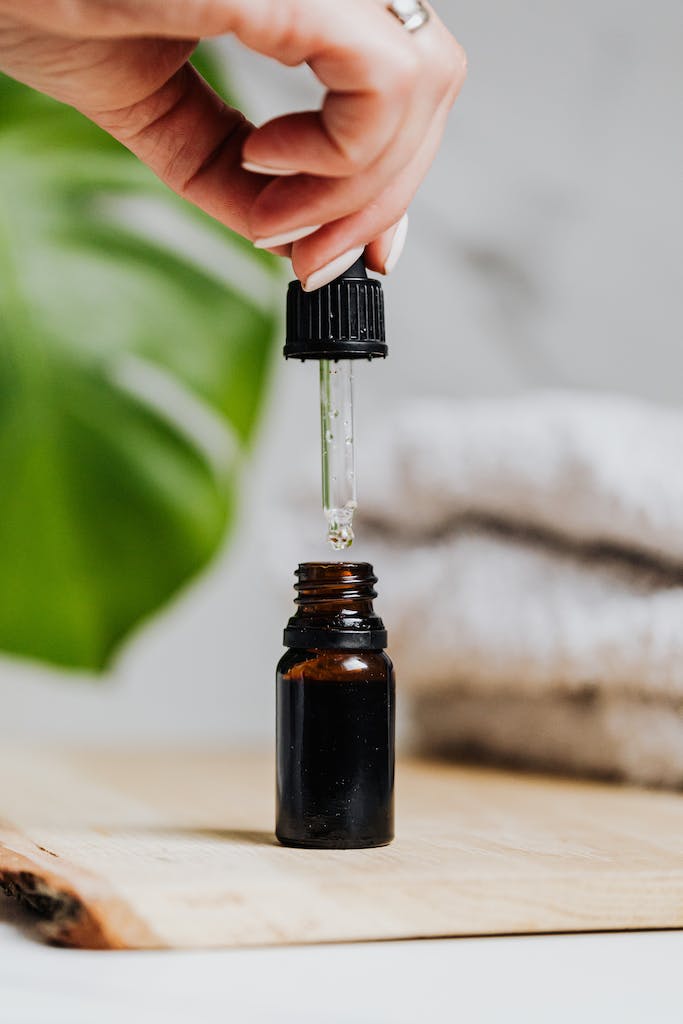
AHAs (Alpha Hydroxy Acids):
- Source: AHAs are often derived from fruits (like citric acid from citrus fruits, glycolic acid from sugar cane) and milk (lactic acid).
- Solubility: AHAs are water-soluble, making them effective on the skin’s surface.
- Exfoliation: They primarily work on the skin’s surface by loosening and removing dead skin cells, resulting in a smoother texture.
- Skin Concerns: AHAs are beneficial for addressing issues like uneven skin tone, sun damage, and fine lines.
Check out some AHA favorites below!
BHAs (Beta Hydroxy Acids):
- Source: Salicylic acid is the most common BHA, and it is derived from salicin, a compound found in willow bark.
- Solubility: BHAs are oil-soluble, allowing them to penetrate into the pores and work on a deeper level.
- Exfoliation: BHAs are effective in exfoliating not only the skin’s surface but also inside the pores, making them suitable for addressing acne and blackheads.
- Skin Concerns: BHAs are particularly useful for individuals with oily or acne-prone skin as they help to reduce excess oil and unclog pores.
Check out some BHA favorites below!
While both AHAs and BHAs exfoliate the skin, AHAs primarily work on the skin’s surface and are beneficial for issues like pigmentation and fine lines, while BHAs penetrate deeper into pores, making them effective for addressing acne and oily skin concerns. It’s essential to consider your skin type and specific concerns when choosing between these two types of acids in your skincare routine.
Remember, when incorporating any acid into your skincare routine, it’s advisable to start with a lower concentration and patch-test to ensure compatibility with your skin. If you have specific skin concerns or conditions, consulting with a dermatologist is recommended for personalized advice.
What are some of your skincare favorites? Do you already incorporate these? Let me know below!
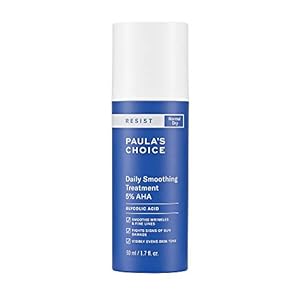

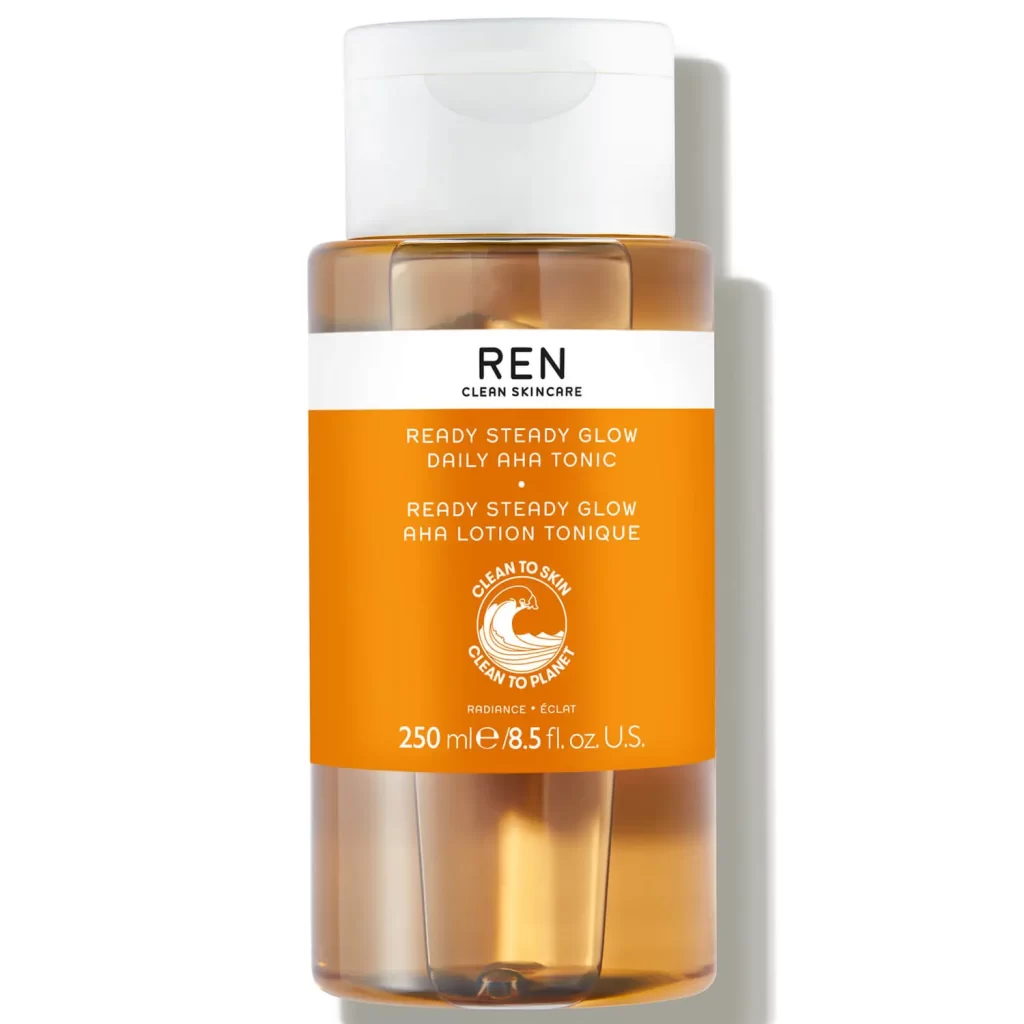

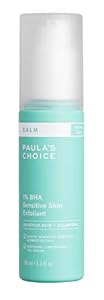




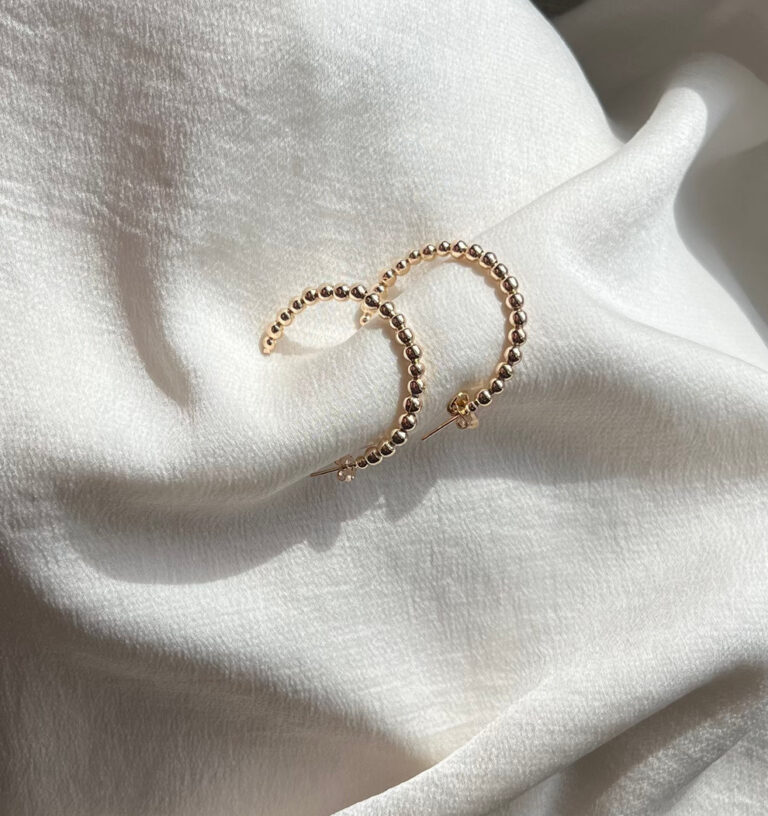

One Comment
Comments are closed.